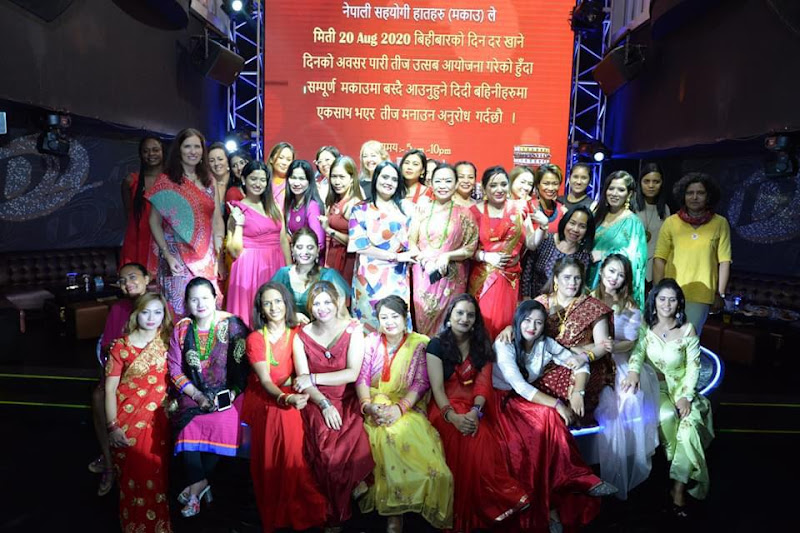A journey to Gosaikunda 2023

For the past two decades, I've known about Gosaikunda but missed the opportunity to visit. Despite spending one and a half years working in Nuwakot and Rasuwa districts, I never made the trek to Gosaikunda. In 2080 B.S., I resolved to organize a group trip to Gosaikunda. Unfortunately, my invitations were met with declinations, either due to time constraints or because some had already visited. Undeterred, I specifically planned to visit Gosaikunda on the fourth day of the Teej Festival, coinciding with my father's death anniversary. Despite being unable to find any friends willing to accompany me, I turned to my eldest son, Mr. Shailu Wagle, and proposed the idea. Graciously, he accepted the plan, and on September 17, 2023, we embarked on our journey. As we sat beneath the electric pole, awaiting the taxi, an unexpected incident occurred. I felt something fall on my head, and upon investigation, I discovered it was crow droppings. Swiftly wiping it away with my handkerchief, ...










